National Reference Centre for Mercury
I am frustrated when I think that without Minamata disease I could have run like everyone else. Please deal with mercury properly. We need more countries to ratify the Minamata Convention on Mercury.
CNRM is representing Italy in the Minamata Convention
_________________________
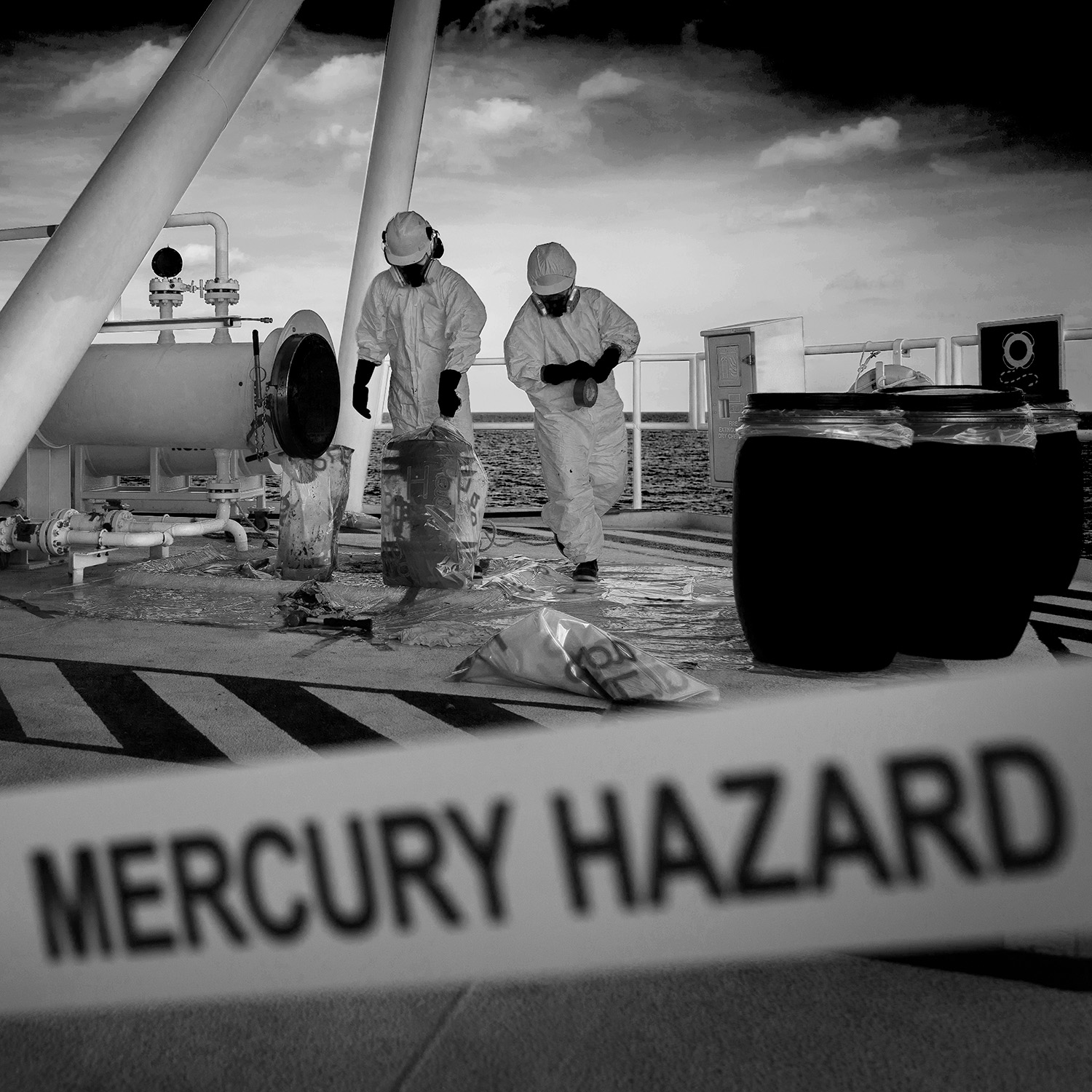
It is one of the most dangerous pollutants due to its high level of toxicity and its persistence in the environment. Once released into soil, water or atmosphere, it gives rise to a complex combination of chemical, physical and biological processes, transforming into compounds that are very harmful.

It can have toxic effects on the nervous, digestive and immune systems, as well as on the lungs, kidneys, skin and eyes, compromising cognitive and / or sensory functions and motor skills; it is also possible for mercury to cross the placenta and irreversibly damage a fetus.
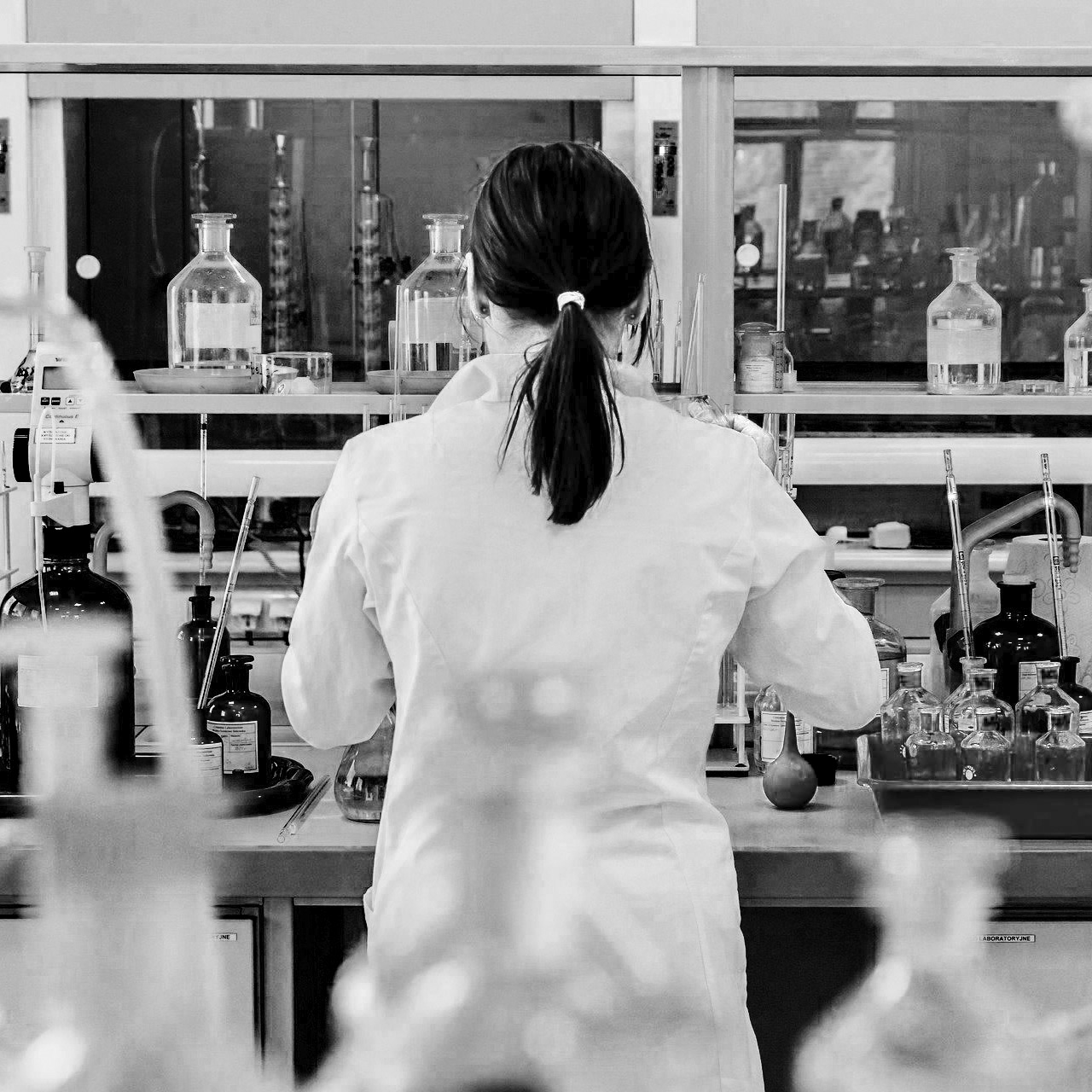
The National Reference Centre for Mercury (CNRM) represents Italy in the context of the Minamata Convention on Mercury. Its creation took place as part of the initiatives adopted by the Governing Council of the United Nations Environment Programme (UNEP), about mercury pollution.
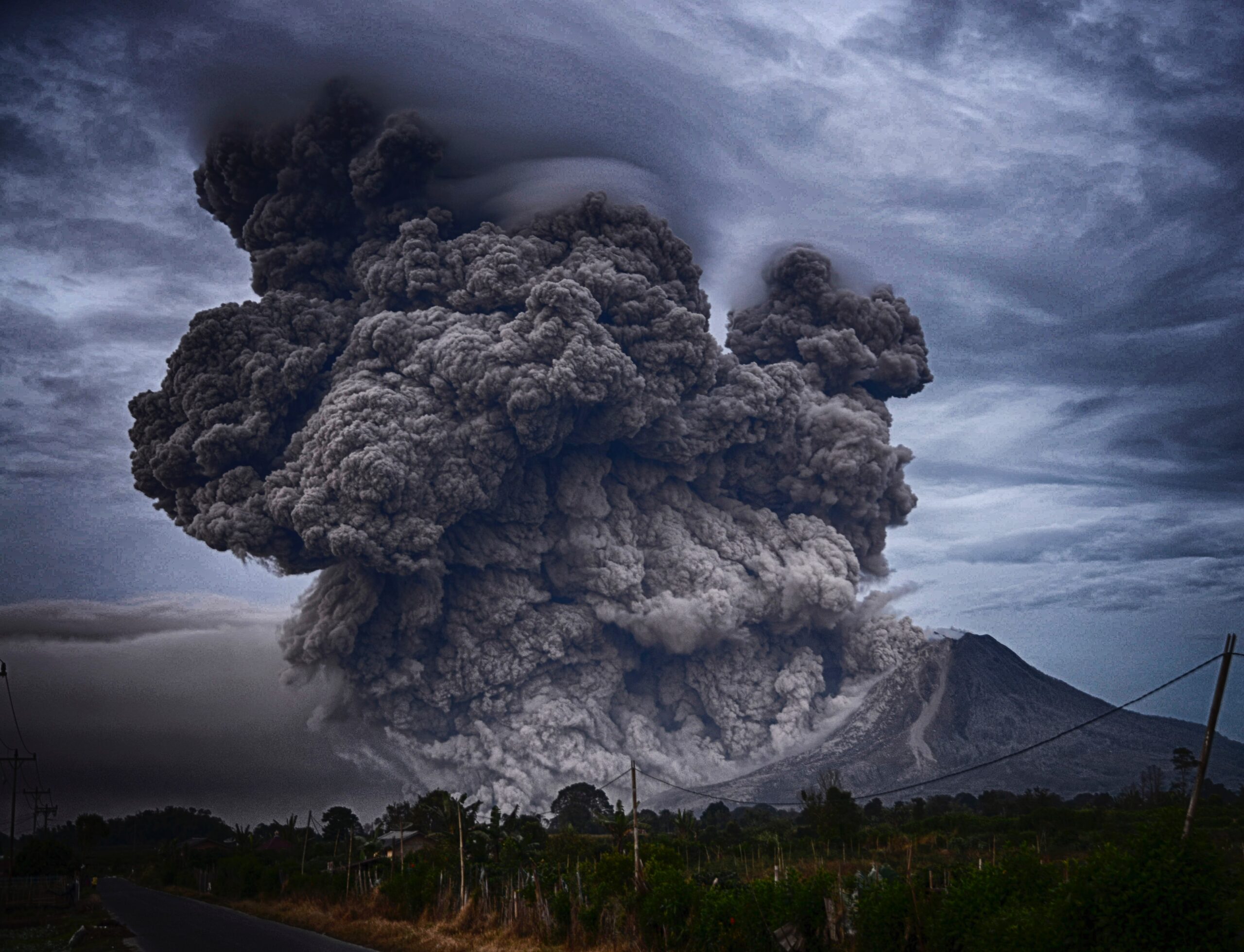
Our Mission
Its creation took place as part of the initiatives adopted by the Governing Council of the United Nations Environment Programme (UNEP), about mercury pollution.
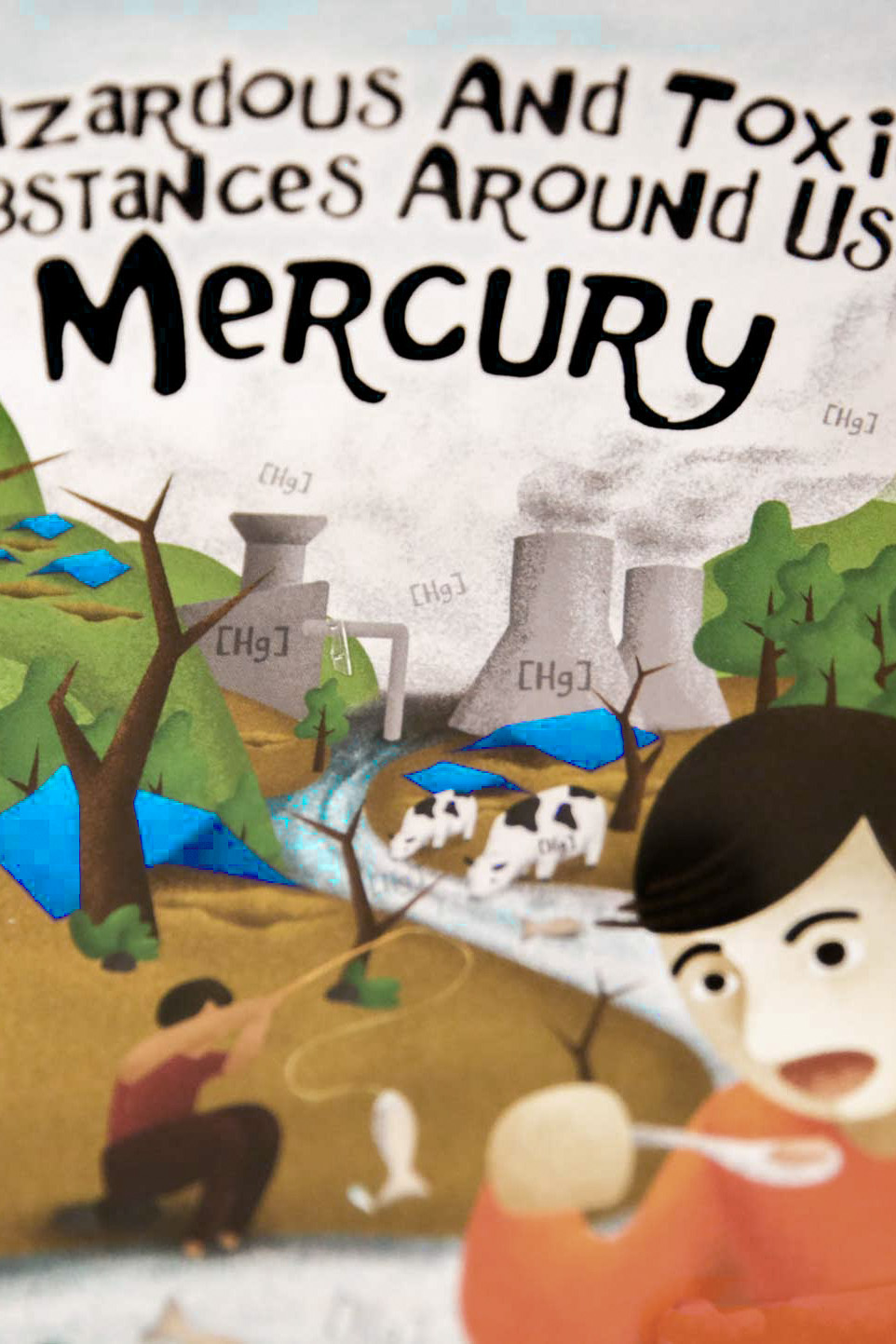
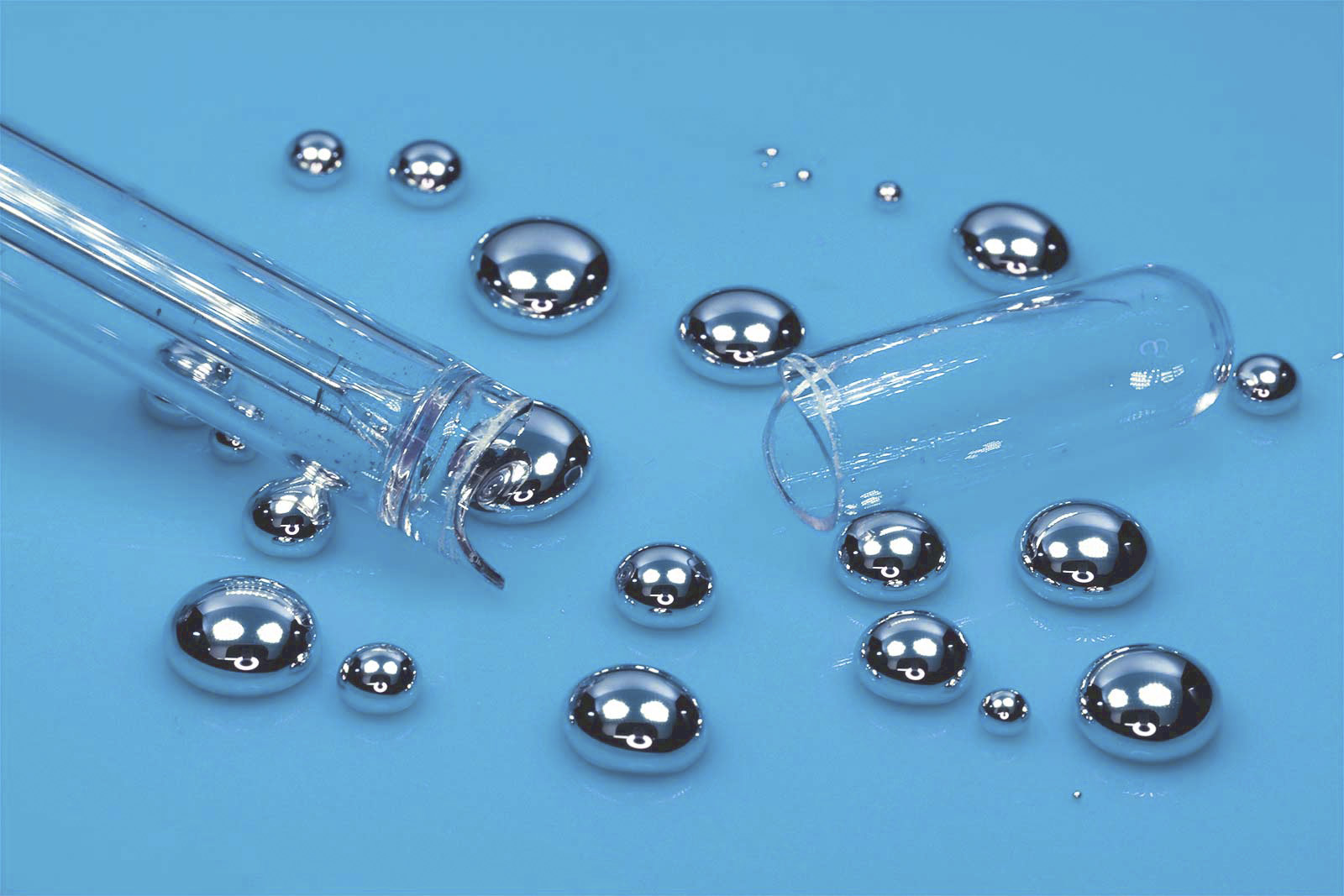
Mercury emissions
A recent UNEP report estimates the annual emissions of mercury into the atmosphere at approximately 5,500-8,900 megagrams (Mg). A part of these emissions (about 2,000 Mg) has an anthropogenic origin and comes mainly from industrial sectors (in particular, from the production of: energy with fossil fuels; concrete; ferrous and non-ferrous materials), from the use of mercury in the extraction of gold with artisanal methods, from the disposing in landfills of materials containing mercury and from contaminated sites.
Another part of the emissions (about 80-600 Mg) is of natural origin and includes sources such as volcanoes. Finally, a large part of the emissions (about 4,000-6,350 Mg) comes from re-emission processes of previous atmospheric mercury depositions. These re-emissions mainly affect soils, vegetation (especially during fires) and the sea.
The range indicated in the estimates describes the uncertainty with which scientists are dealing in defining the origin of these emissions. A better knowledge and estimation of atmospheric emission sources would allow the refinement of the models used in the simulations of the bio-geochemical cycle of mercury on a regional and global scale. Furthermore, this better knowledge of emissions on a national scale would allow targeted reduction actions, with substantial benefits in economic terms.
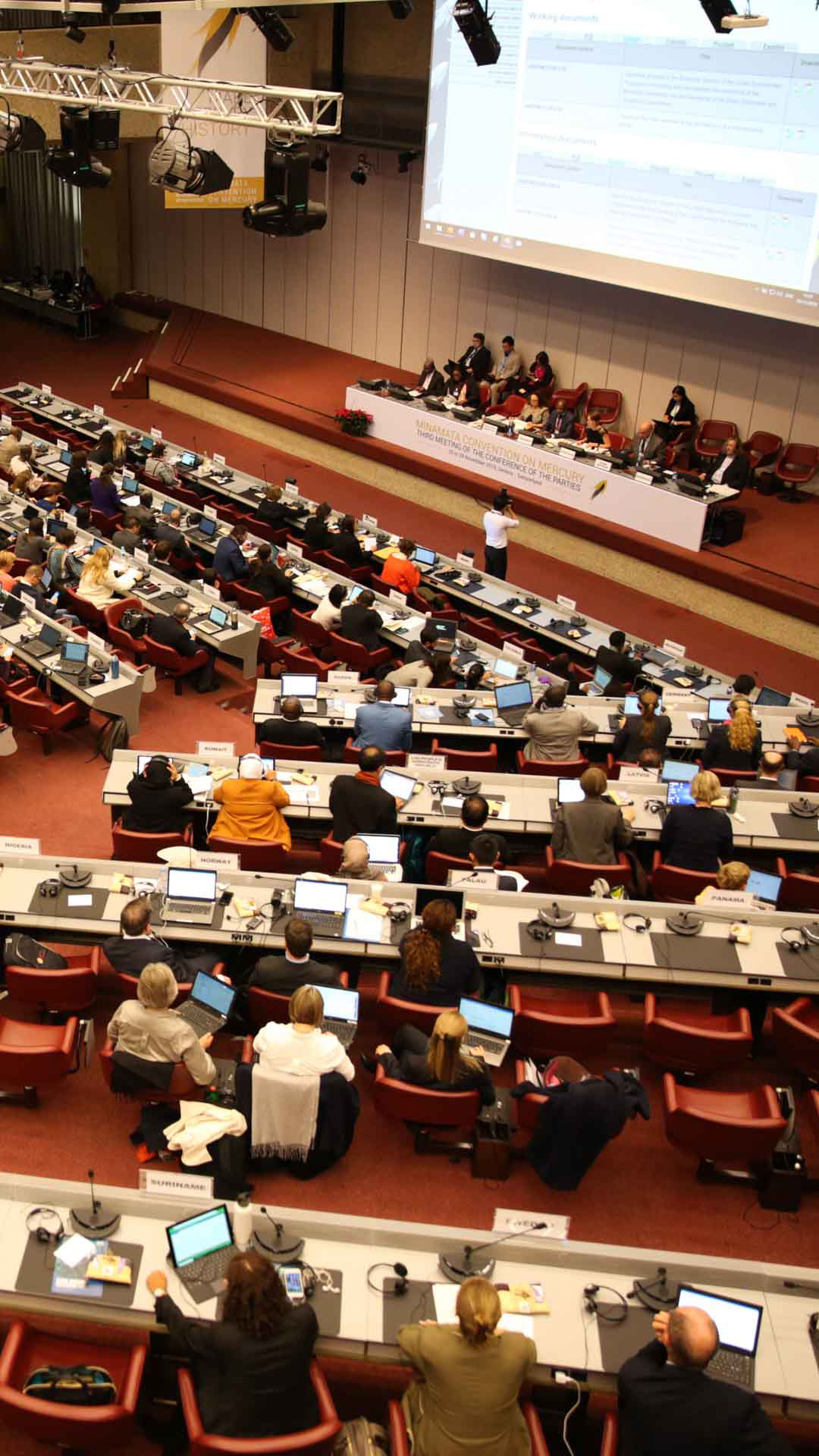
- Anthropogenic emissions
- Natural origin
- Re-emission processes
About Us
The National Reference Centre for Mercury (CNRM) represents Italy in the context of the Minamata Convention on Mercury* and was established on December 19, 2012 through a Memorandum of Understanding between the Italian National Research Council (CNR) and Ministry for Environment, Land and Sea Protection (MATTM), with the participation of the National Institute of Health (ISS).
*Measures n. 78796 of the 20/12/2012; n.38481 of the 28/06/2013
No Results Found
The page you requested could not be found. Try refining your search, or use the navigation above to locate the post.
